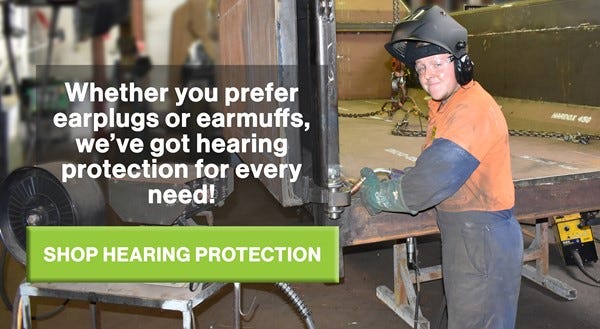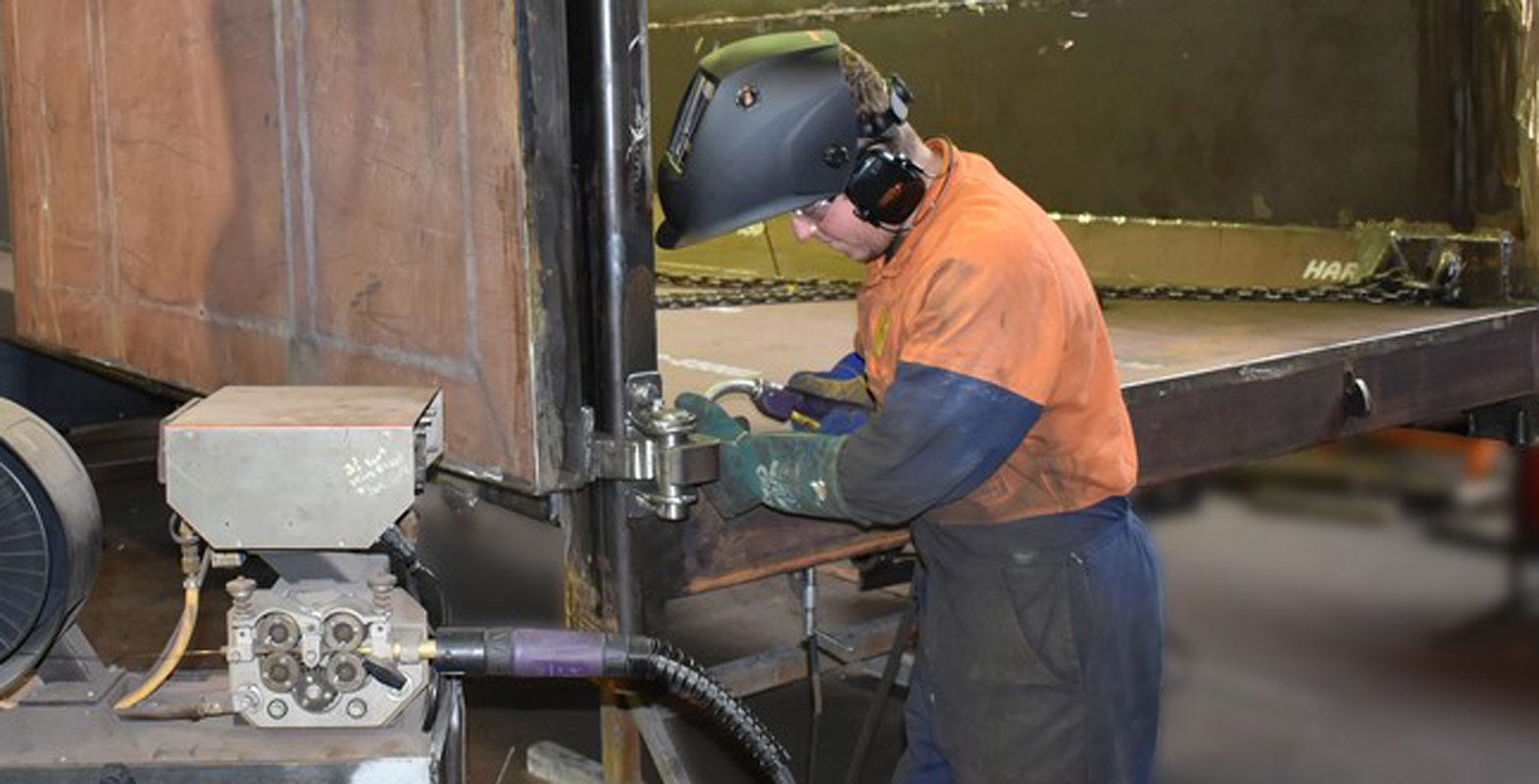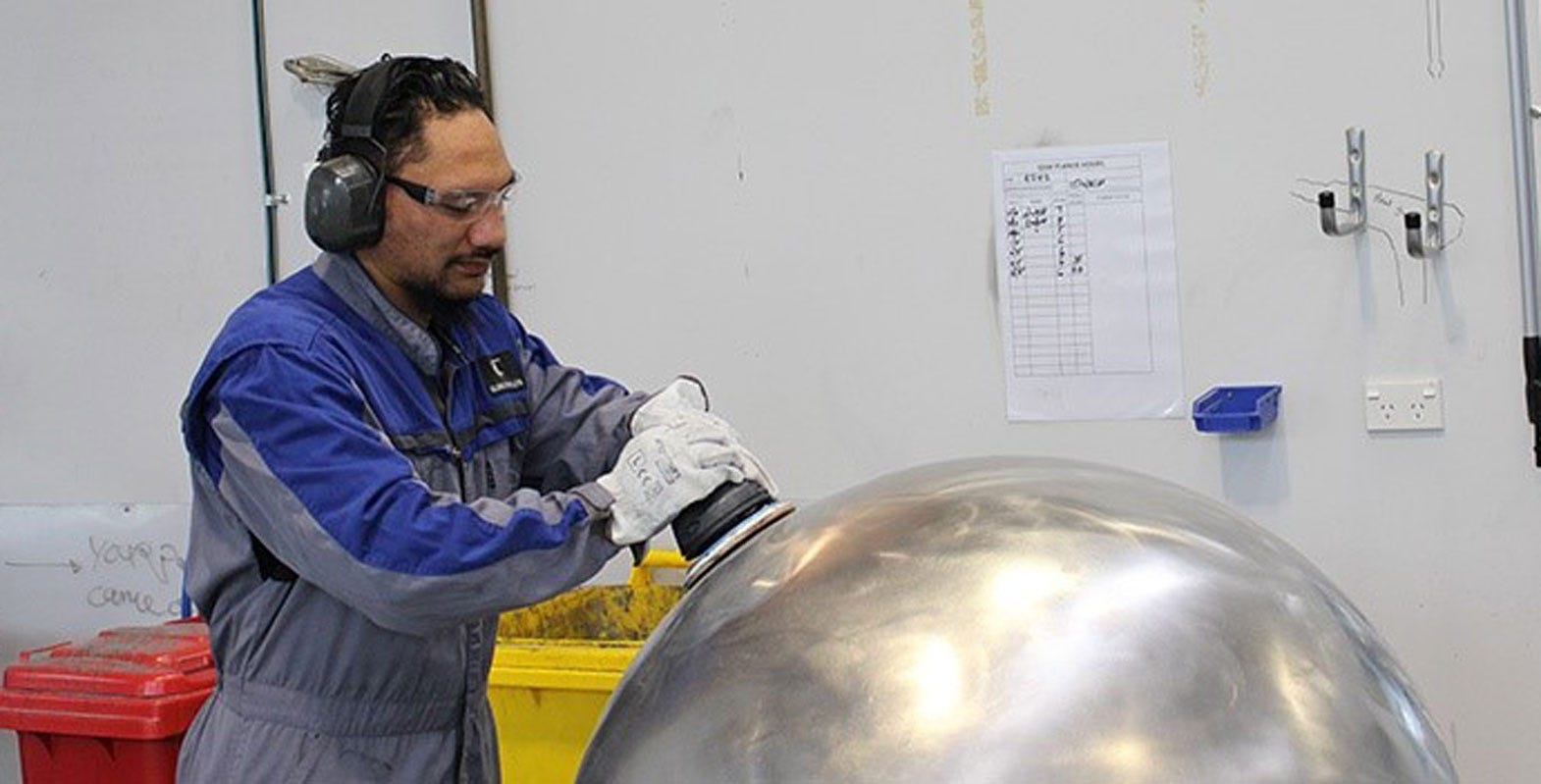How to select and fit earmuffs for hearing protection
When it comes to hearing protection, earmuffs are often thought of as the more comfortable option over earplugs, however concerns arise in terms of getting them to fit with other PPE such as helmets, hardhats and glasses. The good news is, there's actually a wide variety of earmuffs in the market to suit most workplace situations. Read on to find out how to select, and correctly fit the right earmuffs for your workshop situation.
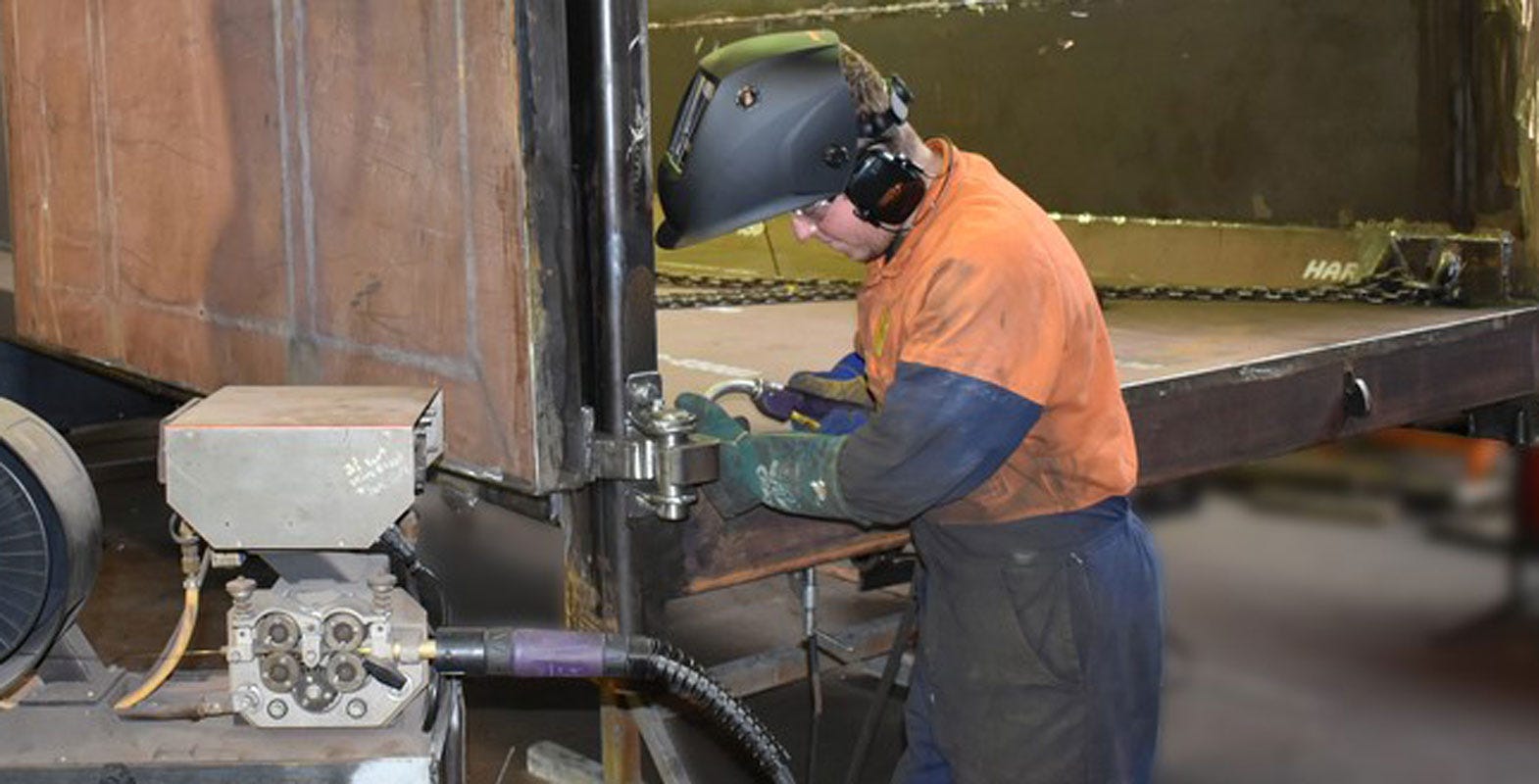
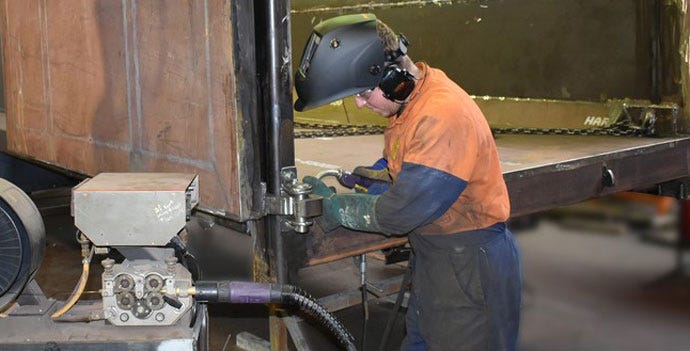
Important Rules For Using Earmuffs for Hearing Protection
- Always follow the earmuff fitting instructions specific to your device.
- Avoid over-protection in low noise environments – it's important to be aware of your surroundings, so you need to be able to communicate with co-workers or hear warning signals on the job. Choose protection suitable for the noise levels in your workshop.
- Remove all hair underneath ear cushions.
- Check your earmuffs for cracks and leaks in the ear cups and ear cushions - discard if either are visibly damaged or compromised.
- Clean the ear cups and cushions regularly with mild soap and water.
- Ear cups and foam inserts should be replaced at least every 6-8 months, or 3-4 months with heavy use or in humid conditions.
Selecting The Right Earmuffs
Earmuff selection will depend on the level of protection required, what other PPE you wear, and also personal preference for comfort.
For more information on choosing the right level of protection, check out our blog - Everything you need to know about hearing protection
In terms of different types of earmuff to suit different situations, here's a guide on the 4 most common types:
Headband Earmuffs
Headband earmuffs are generally what people think of when you say 'earmuffs'. Good quality headband earmuffs designed for long term use will have a comfortable over-the-head padded foam headband, which is often adjustable to fit the wearers head.
Pros
- Easy to wear
- Up to level 5 protection
- Comfortable
- Hard wearing
Cons
- Slightly bulkier than other earmuff options
- May not be suitable with other PPE like hard hats or welding helmets.
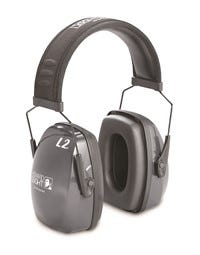

Folding Earmuffs
The main benefit of folding earmuffs is their compact design. Don't be fooled by their fold-ability, well designed folding earmuffs should still provide the same level of protection and durability as headband earmuffs - they're just easier to store, and often more lightweight!
Pros
- Lightweight
- Compact folding design for easy storage
- Hard wearing
Cons
- May not be suitable with other PPE like hard hats or welding helmets.
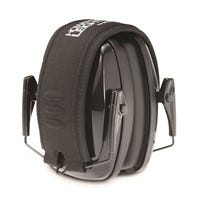

Hardhat Earmuffs
If you're required to wear a hardhat, these earmuffs might be the way to go. Hardhat not included - the earmuffs come with adapters to suit most hardhats available on the market. Just like other earmuffs, these can be attached and removed from the hardhat as required.
Pros
- Adapters to suit most hardhats
- Easily fitted and removed as necessary
- Hard wearing
Cons
- Unable to use without your hardhat
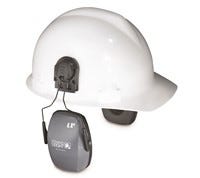

Neckband Earmuffs
If you wear glasses, visors, hats, welding helmets - or the works - then neckband earmuffs could be the way to go. These are a low-profile design, so they are slimmer than other varieties of earmuff, and also don't have the bulk of a headband to worry about. With slim and ultra-slim designs, there should be a neckband earmuff option to fit under/with most helmets and other PPE.
Pros
- Low-profile design
- Fits under most helmets and with most PPE
- No bulky headband
- Hard wearing
Cons
- We can't think of any!
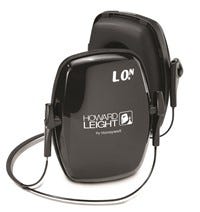

Fitting Your Earmuffs
Selecting the right earmuffs for your environment is just the beginning! Next is making sure you have the right fit, because if they don't fit, they won't protect!
For ALL types of earmuff, it's essential to ensure the following:
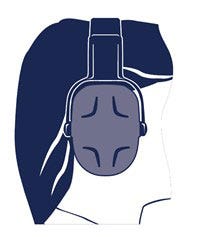

Firm Seal
Make sure the ear cushions seal firmly against your head


No Obstructions
Make sure hair or other objects are not preventing the earmuffs from providing a secure fit.
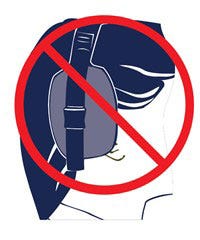

Complete Coverage
The ear cups should always sit upright and fit completely over the ear.
When it comes to fitting, it is always recommended you follow the instructions specific to your particular earmuff, but here's our general guide to fitting the different types of earmuffs...
Headband


Place the ear cups over both ears
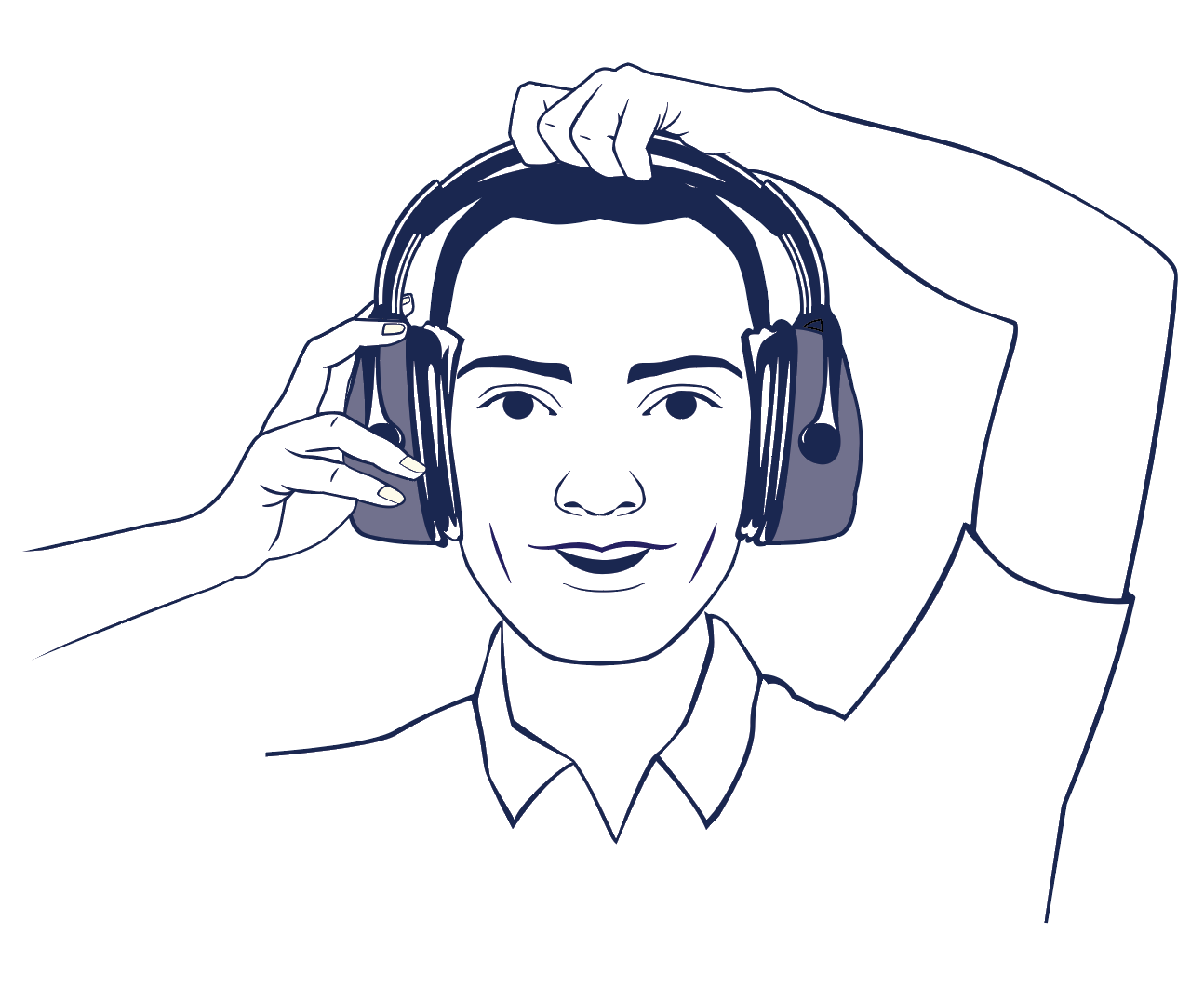

Adjust the headband by sliding it up or down to fit comfortably over your head.
Folding


Unfold the earmuffs as shown.
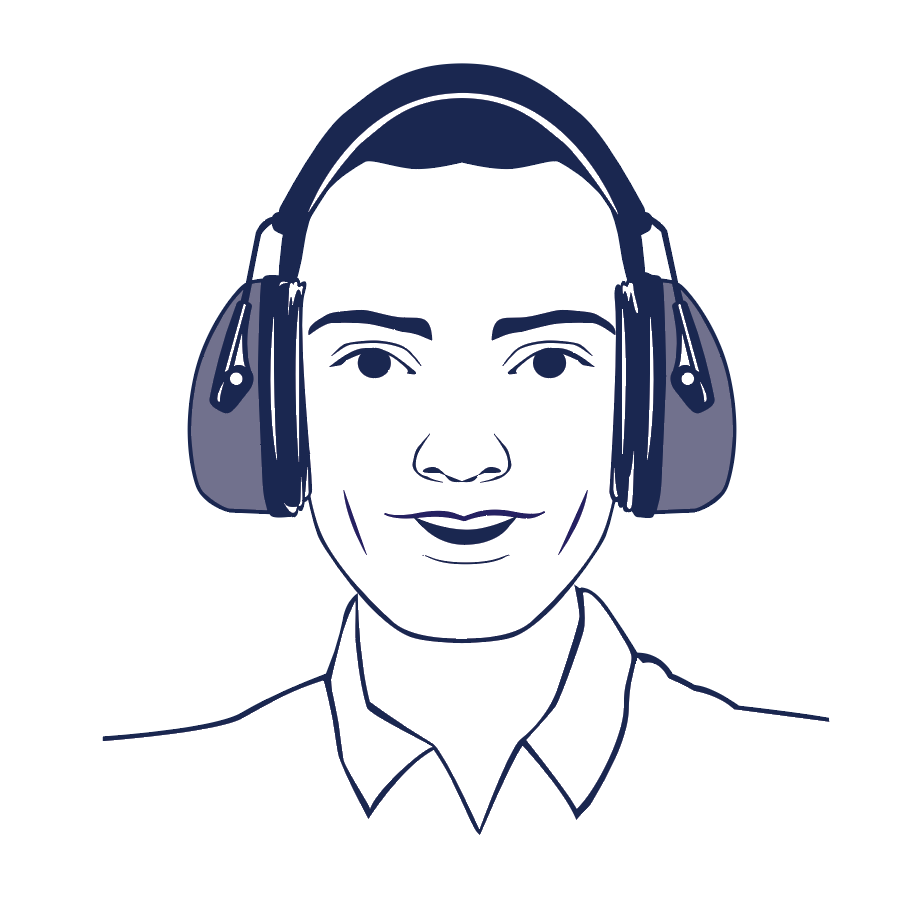

Place the ear cups over both ears.
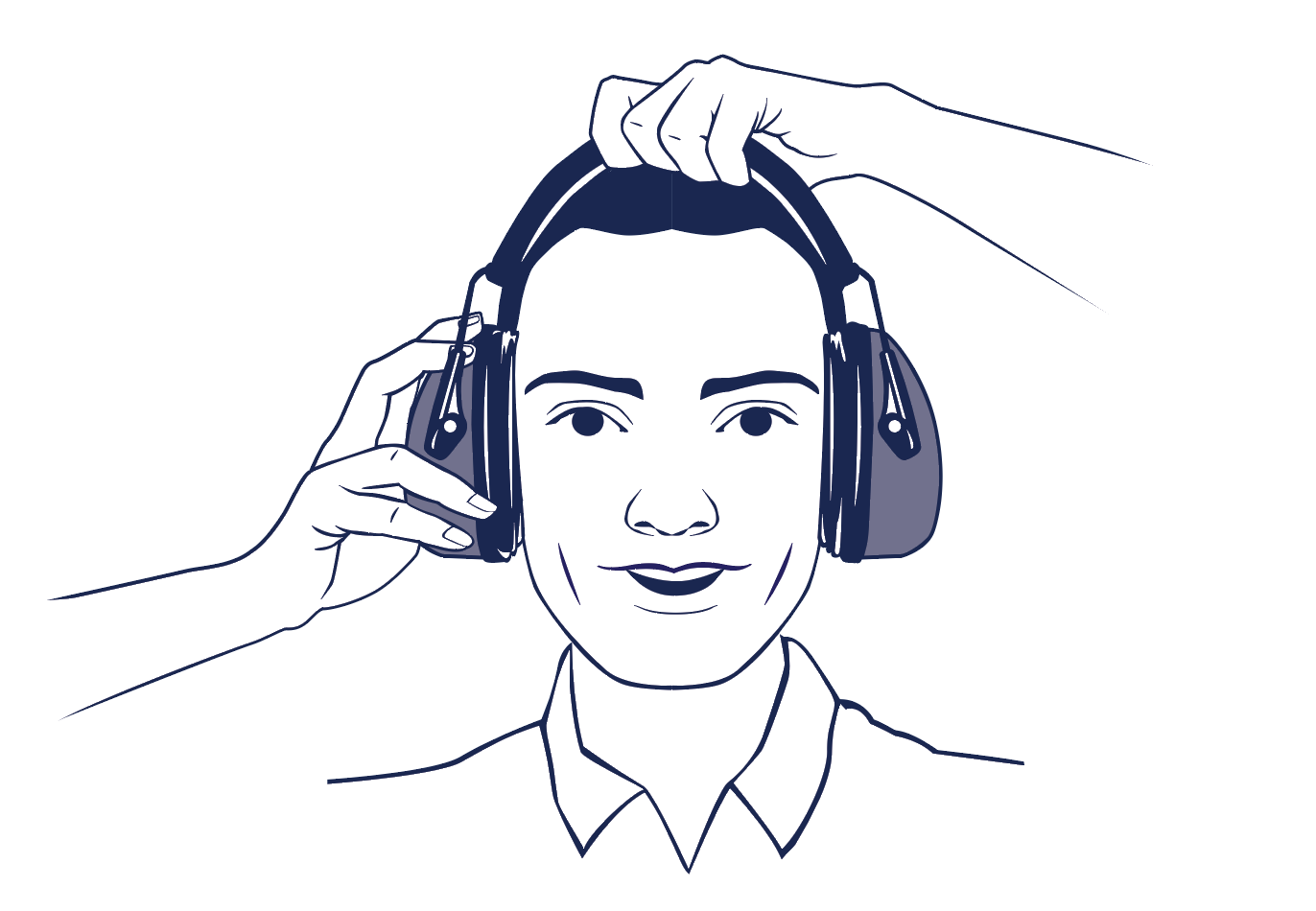

Adjust the headband by sliding it up or down to fit comfortably over your head.
Hardhat
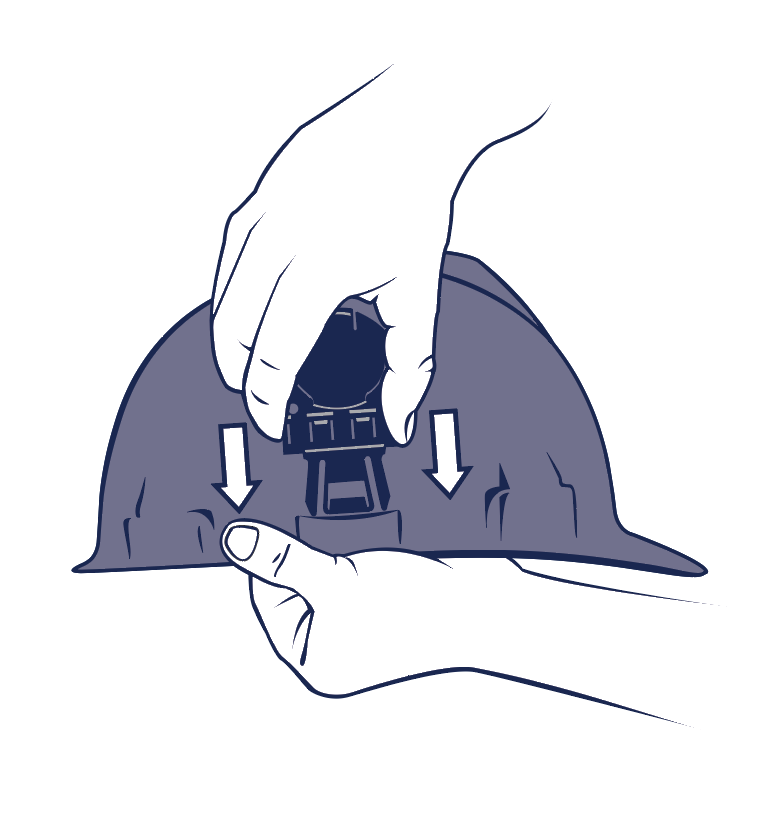

Attach the adapters to your hardhat by sliding them into the slots on each side.
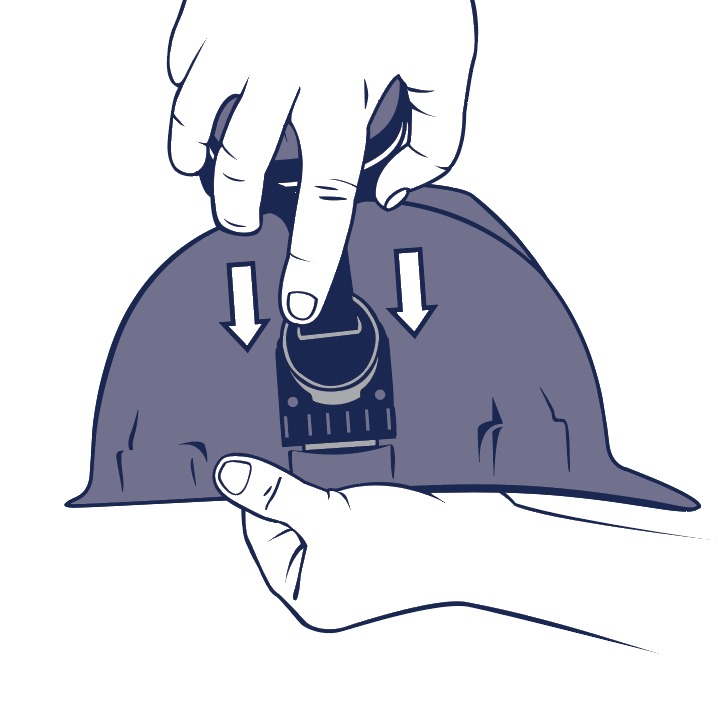

Attach the adapters to your hardhat by sliding them into the slots on each side.
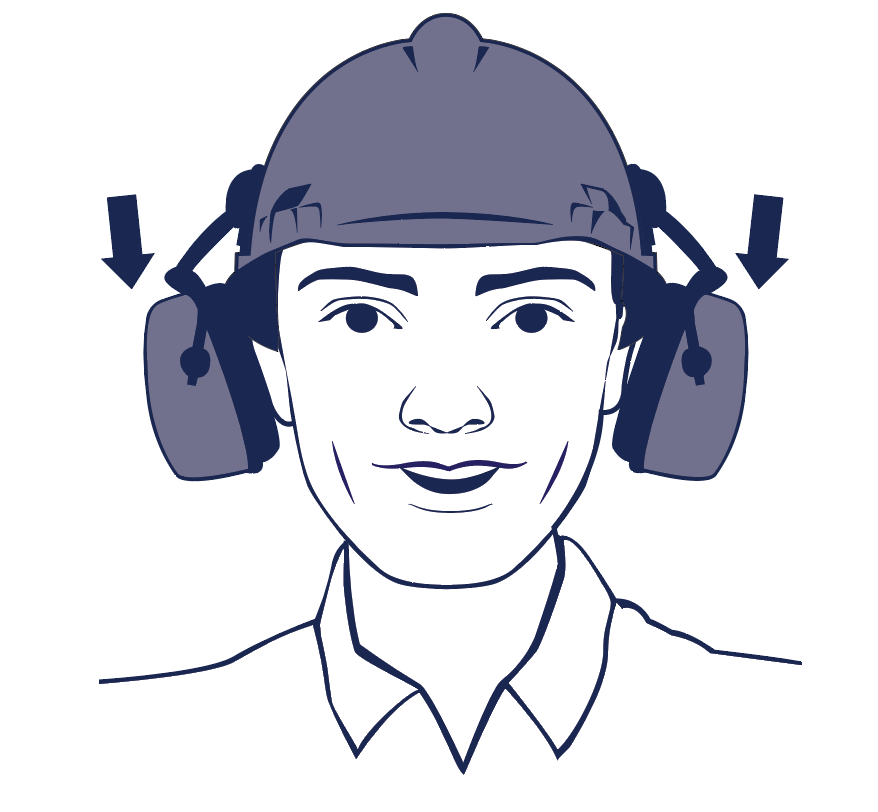

Put the hardhat on and adjust the earmuffs by sliding the cups up or down.
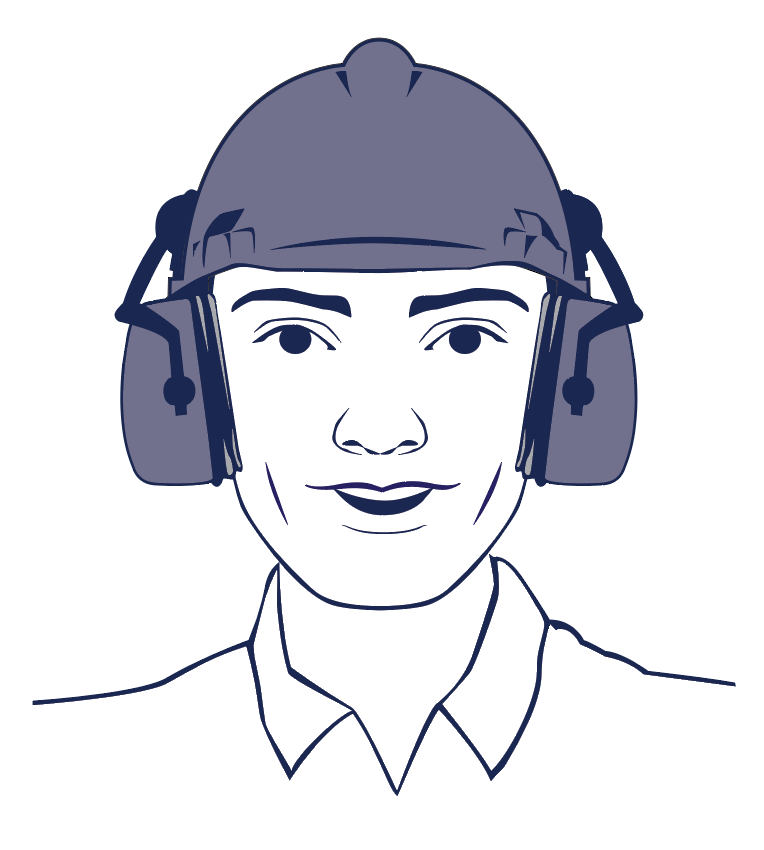

Ensure the earmuffs are secure by lifting the arm up and down.
Neckband
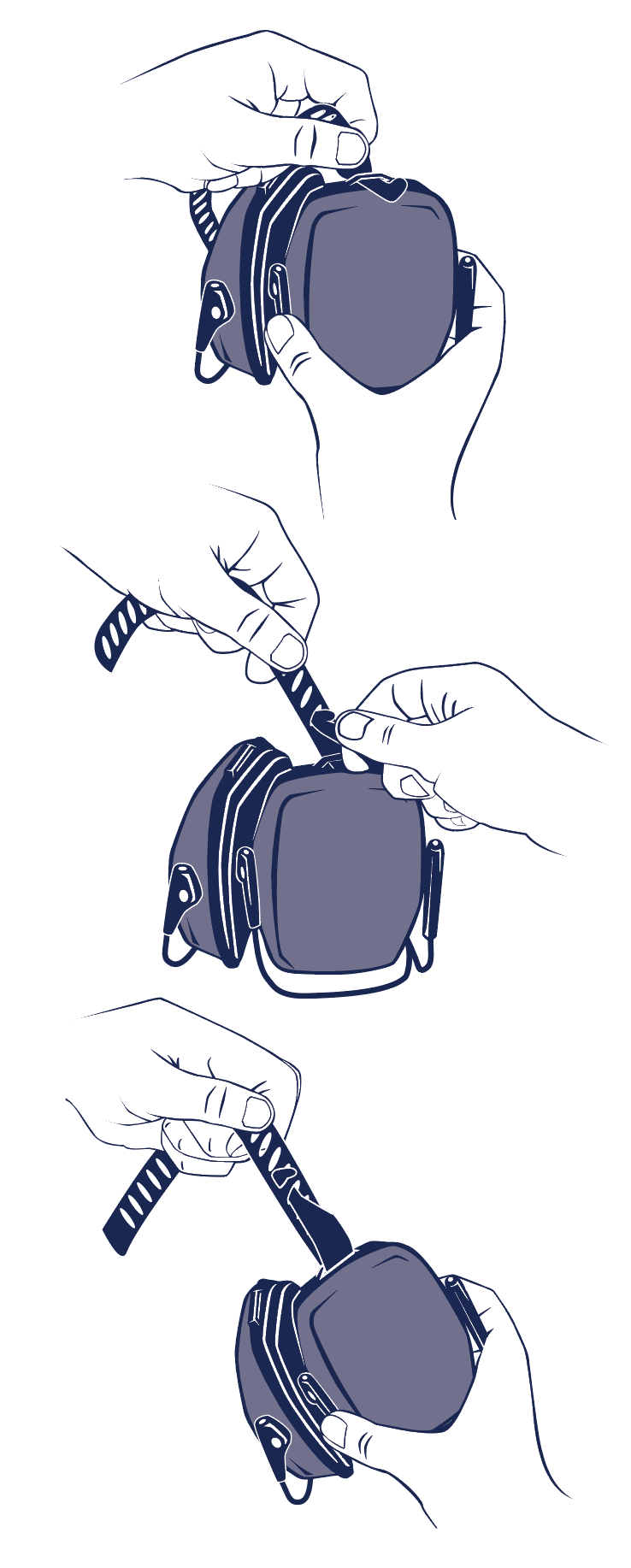

Attach the adapters to your hardhat by sliding them into the slots on each side.
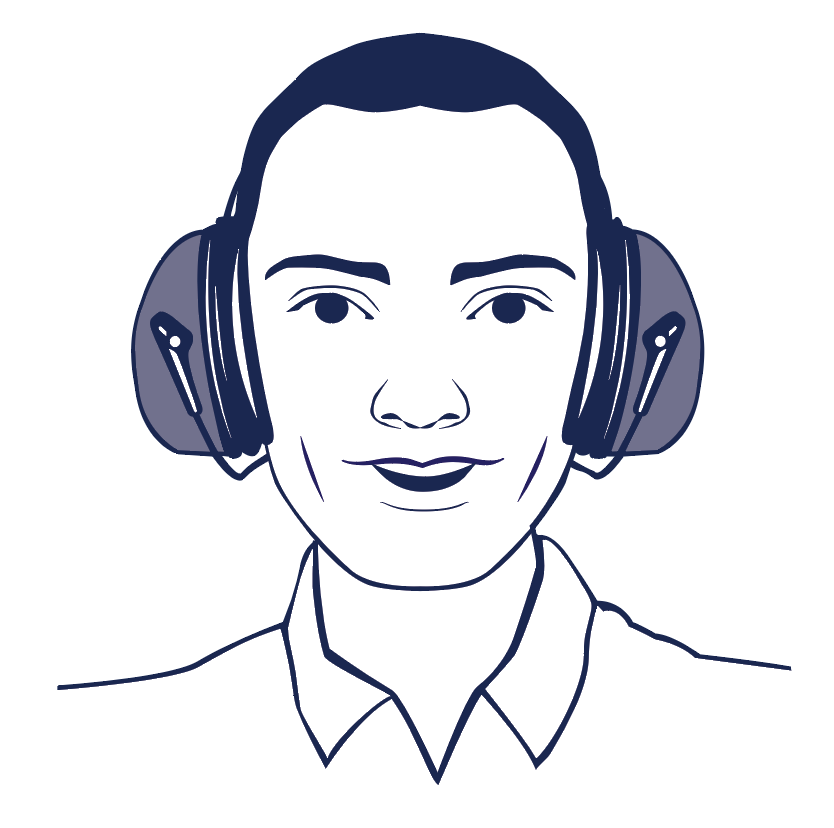

Put the hardhat on and adjust the earmuffs by sliding the cups up or down.
 Need assistance?
Need assistance?
